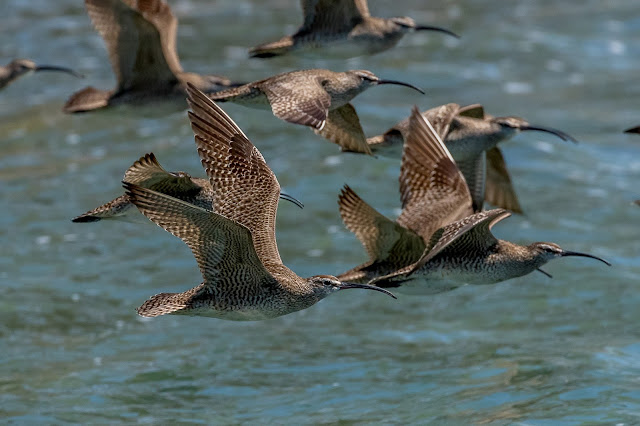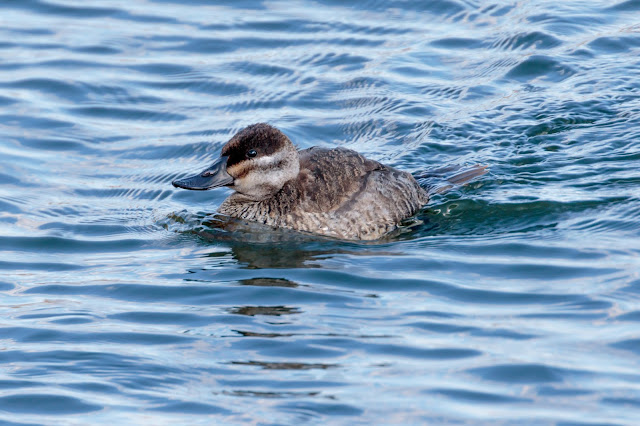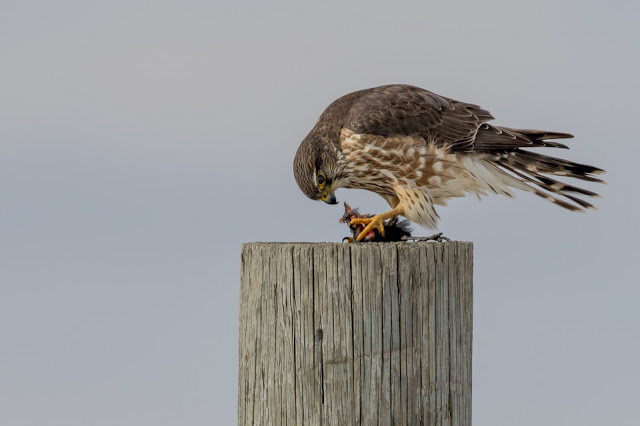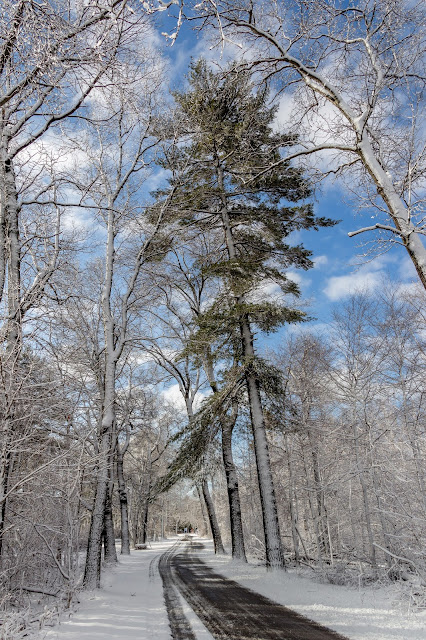Towhee

An eastern towhee at our small pond. Oct 3, 2017, Rondeau Provincial Park. Pipilo erythrophthalmus Eastern Towhees tend to be pretty solitary, and they use a number of threat displays to tell other towhees they’re not welcome. You may see contentious males lift, spread, or droop one or both wings, fan their tails, or flick their tails to show off the white spots at the corners. Studies have shown that male towhees tend to defend territories many times larger than needed simply to provide food. source - https://www.allaboutbirds.org/guide/Eastern_Towhee/















